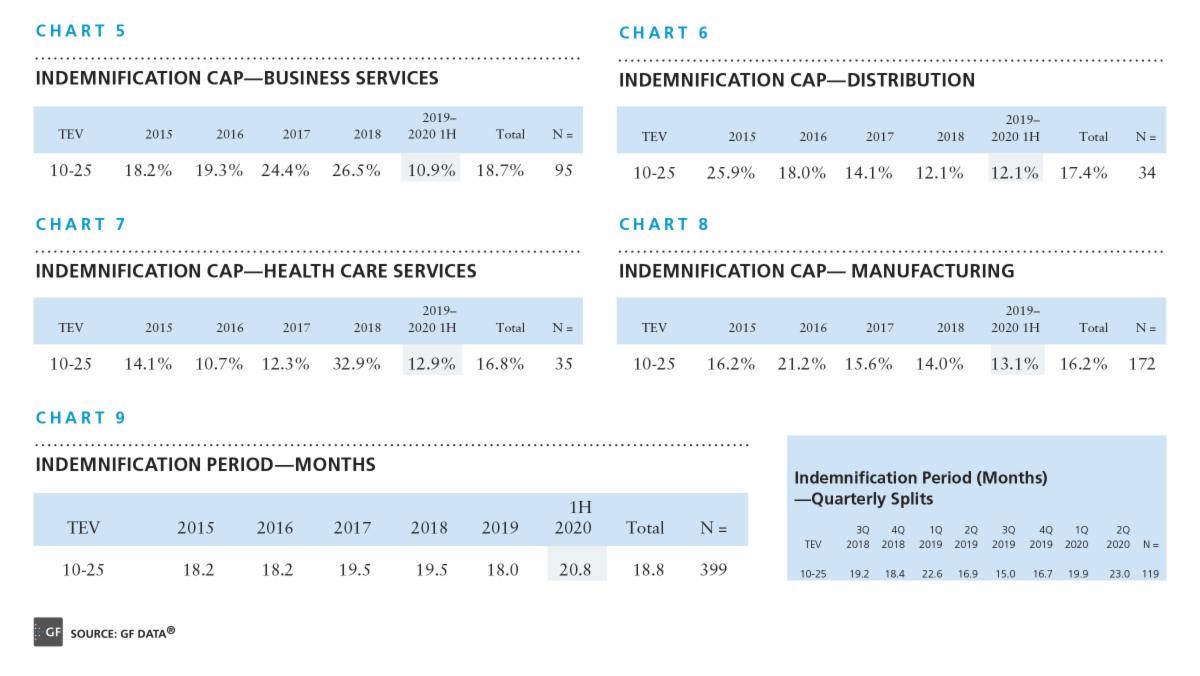 Consolidation is inevitable in maturing industries. As an M&A advisor working with owners of private wholesale distribution and manufacturing companies, one of the questions I get asked is whether it is better from a valuation perspective to sell early in a consolidation phase, or hold off. My answer is always case-specific, but generally earlier is better, all else being equal.
Consolidation is inevitable in maturing industries. As an M&A advisor working with owners of private wholesale distribution and manufacturing companies, one of the questions I get asked is whether it is better from a valuation perspective to sell early in a consolidation phase, or hold off. My answer is always case-specific, but generally earlier is better, all else being equal.
Before I explain why, I want to point out that industry consolidation is not always at the top of a seller’s list of sale timing considerations. More important factors may be:
What is your exit time frame?
Next year or so? Three to five years? Five or more years? The answer is often driven by how much money you (or a majority of the shareholders) will need to retire or fund your next venture. Obviously, as with any investment, the shorter the time frame, the more conservative one should be with respect to anticipated returns. Maybe the value today isn’t quite what you think it can be in the not too distant future – but eliminating risk may be worth a lower price tag.
For a seller who either wants to stay and manage the acquired/merged business or help the consolidator in a strategic (e.g. corporate development) role, that tail of income is above and beyond the sale consideration. Sellers who prefer to buy a boat and sail to the Bahamas had better have a strong management team to lock that future strategic value down. If not, they will likely be passed on by the buyer for another acquisition with a stronger management team and lose out on that strategic value.
Is your company performing well?
Last I checked, fundamental financial performance was still king when it comes to acquisition values. If your business is performing well (relative to industry peers and alternative investments) and further improvement is likely, now may be your best opportunity to maximize value in an M&A sale process. If not, you’ll have to decide if and how you and your management team are going to change that performance and by when. And, by the way, what is your track record of achieving past projections?
Is the macro-environment favorable?
Does the economic outlook portend for several more years of strong economic growth, or is there increasing uncertainty or even signs of an imminent slow down?
If the former is the case, perhaps you have time to continue to grow revenues and profit margins to increase value and better position your business for future sale. If the latter is likely, are you prepared financially and mentally to wait it out indefinitely and hope to again consider achieving liquidity several years from now? If that’s not an option, maybe now’s the time to take some or all of your chips off the table.
Conditions can change quickly for all sorts of reasons and you can be stuck, not just with a reduction in valuation, but closed private capital markets altogether. M&A came to an abrupt halt in Q2 of this year and has only recently started showing signs of life in certain industries. And look at what happened in the wake of The Great Recession.
Why earlier is usually better.
Industries consolidate at different times and in different ways. So, to make my answer more informative, let’s use the example of industrial distributors, where regional and national players have acquisition-based growth strategies. Driving consolidation are mergers and product line expansion by upstream manufacturers (suppliers) and both vendor reduction programs and consolidation by downstream customers.
- If I’m an aspiring consolidator/strategic acquirer, I’m probably willing to pay a nice premium for my first acquisition in a particular geography – to attract the best of the options available and secure that foothold ahead of my competitors. Or I may want to make a statement with regard to the quality of organization I intend to build. Hence, there is more of a strategic component in the valuation of earlier platform acquisitions, whereas later add-ons may be more simply about market development and earnings expansion.
- Further, the first couple of acquisition targets are likely to have more to say (and be credited for) relative to the manufacturers the consolidator aligns with. As the map fills in, later acquisitions may be forced to discard certain lines and replace them with others to conform to the acquiring organization. You can count on the acquirer considering the revenue loss, risks and cost of making those transitions when determining the value of an acquisition.
- Early on, there are likely to be more strategic acquirers in the market. As the market consolidates further, the number of viable strategic match-ups will decline, which may favor the remaining buyers and reduce the likelihood of a strategic premium for sellers. Eventually, the only option for the last few independents standing may be to sell to pure financial buyers – such as private equity groups (if the independent is large and profitable enough), management teams, families and private individuals. For some owners these are perfectly acceptable options, for others they are not.
- Then there is the likelihood that consolidators will eventually have competitive advantages over independent operators – in terms of authorizations and terms with suppliers, access to proprietary products, lower administrative costs, ability to attract and retain talented employees, better access to growth capital, financial stability, etc. To the extent true (which sometimes it is not — there are associated disadvantages) the market share and value of the smaller independents will gradually deteriorate.
Conclusion
Going to market early in a consolidation phase is likely to produce a stronger valuation than waiting around, all else being equal. However, when making exit plans, company owners should carefully consider shareholder needs, business performance and market conditions, in addition to what stage of maturity their industry is in.
* * *
Al Statz is the founder and president of Exit Strategies Group, a leading lower middle market M&A advisory and business valuation firm. For further information on this topic or to discuss a potential business sale, merger or acquisition need, confidentially, Al can be reached at 707-781-8580 or alstatz@exitstrategiesgroup.com.
 To complete deals in 2021, ahead of possible tax changes, owners and deal teams need to act fast.
To complete deals in 2021, ahead of possible tax changes, owners and deal teams need to act fast.













 With all the upheaval in the world right now, you’d expect M&A deal values to take a dip. But recent market analysis shows that’s anything but the case.
With all the upheaval in the world right now, you’d expect M&A deal values to take a dip. But recent market analysis shows that’s anything but the case.

